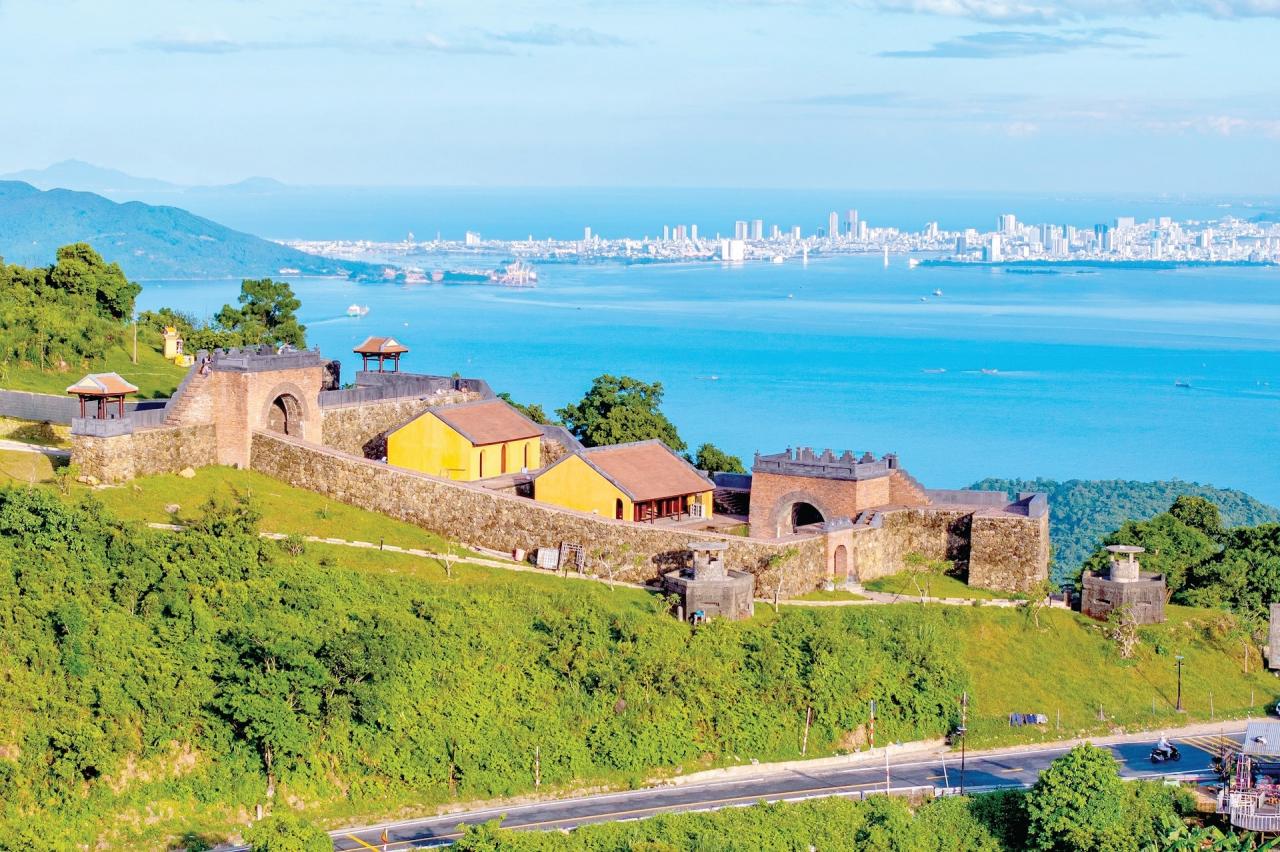
Mr. Tuan - former Deputy General Director of Vietnam Television. I learned a lot from him. This time, I continued to learn about strong will, love to travel and enjoy the beautiful scenery. From the story of Hai Van Quan, we pondered the journey of the relic today.
Two localities rejoice together
An architectural work of art and historical relic - Hai Van Quan has been miraculously restored, bringing many emotions to those who visit.
Hai Van Quan is located on the top of Hai Van Pass, the border between Hue and Da Nang, built in 1826, under the reign of King Minh Mang. Besides the task of defending the Hue capital from afar, Hai Van Quan also directly controls the Da Nang seaport - a seaport of strategic significance to economic development and national defense.
After nearly 200 years of exposure to the sun and rain, and being heavily bombed during two fierce wars, Hai Van Quan has seriously degraded, becoming a ruin that makes anyone passing by feel regretful and heartbroken. Those working in culture feel even more regretful.
The first and biggest obstacle to preserving, restoring, rehabilitating and promoting the value of Hai Van Quan is the issue of ownership of the relic. Because it is located right at the top of the pass, Hai Van Quan does not necessarily belong to Hue, and does not necessarily belong to Da Nang.
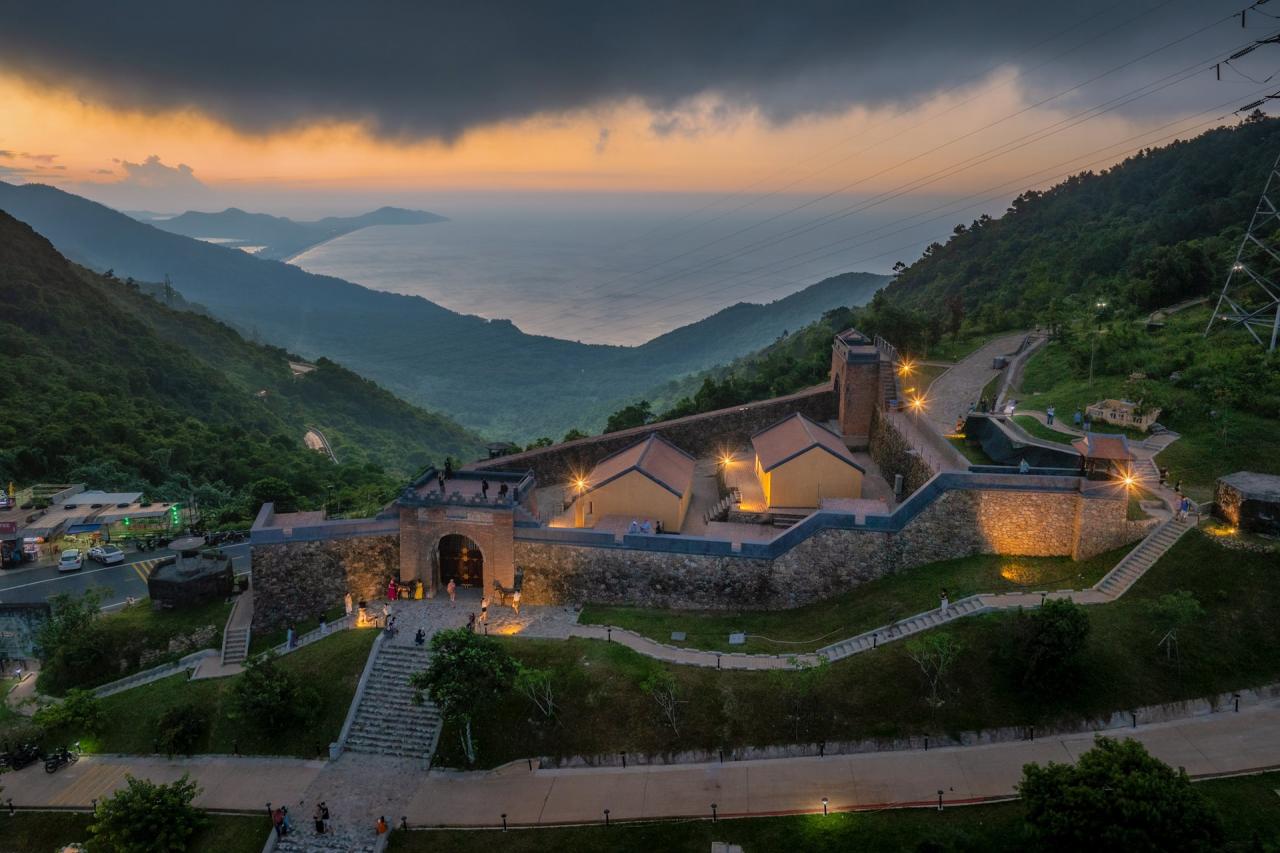
The administrative boundary between Hue and Da Nang is still unclear at the beginning of the second decade of the 21st century. For intangible cultural heritages such as Southern amateur music, Central region’s Bai Choi art, Central Highlands Gong Cultural Space, etc., it is normal for many localities to jointly own them. However, for tangible cultural relics such as Hai Van Quan, there is no precedent for joint ownership.
Therefore, cultural workers in Da Nang have a strong proposal to coordinate with the cultural sector of Thua Thien Hue to jointly own this relic. We are very happy that our colleagues in the neighboring province agreed, and together reported to the leaders of the two localities before submitting the dossier to the Ministry of Culture, Sports and Tourism to request the ranking as a joint national relic.
The joy of cultural workers exploded when Hai Van Quan was recognized as a national monument jointly owned by Thua Thien Hue and Da Nang in mid-2017.
Restoration of Hai Van Quan
Journalist Tran Dang Tuan wondered and asked me: "On what scientific and practical basis is this relic restored and rehabilitated?"
That is a big problem, because in reality many places carry out restoration and repair of relics but in the end they become deformed and no longer recognizable as the original.

Over time and through war, some of the Hai Van Quan construction items disappeared. Not to mention, some new items were built there that were not there at first, such as: military bunkers, electric poles, power management stations, war monuments, etc.
The cultural sectors of the two localities have worked together to persistently exploit domestic and foreign documents, conduct archaeology, dig deep underground and discover the foundation structure of the original construction items.
A scientific workshop was also held with the participation of managers, scientists, and leading experts in relic conservation to determine optimal restoration and rehabilitation plans.
It is important to determine which items must be demolished (such as the military bunkers that arose during the resistance war against the French and pressed on top of the two blocks of Hai Van Quan and Thien Ha De Nhat Hung Quan); which items need to be restored to their original state even though there are no traces left on the ground before (such as the roads going up and down, the walls, the gates, the houses of the Military Archives, the Garrison, the Sea Watchtower, etc.); which items should be retained and considered part of the relic, even though they arose later (such as the military bunkers next to the core of the relic).
In addition, determining the appropriate construction materials to maintain the original condition (cobblestones, Thanh stone, bricks, ironwood, etc.) is also taken into account to ensure the shape and structure of an ancient relic nearly 2 centuries old.
The project to preserve, restore, and promote the value of Hai Van Quan relic, with each locality contributing 50% of the cost (totaling 42 billion VND), after 3 years of construction, was completed and officially announced to be put into use on December 21, 2024.
In fact, the scale of the project is not large, but due to the impact of the COVID-19 pandemic and the complexity of the construction site in the middle of the pass, and the requirement to restore an ancient structure from a ruin, the time was extended to 3 years.
However, people easily sympathize and share this delay. Because, if we rush, it will lead to bad consequences in the restoration of relics as we often see here and there.
Journalist Tran Dang Tuan said that when passing Hai Van Quan, along with thousands of tourists from near and far, including many foreign tourists, he let his soul wander in this place with mountains and water, clouds flying on the mountain tops, clouds hovering around the back of the pass, and was able to discover an important cultural and historical relic that had just been restored from its former desolation, and an indescribable joy welled up in his heart.
Carrying that joy, journalist Tran Dang Tuan continued his journey across Vietnam towards the land of the South...
Source: https://baoquangnam.vn/ngam-chuyen-hai-van-quan-3146392.html


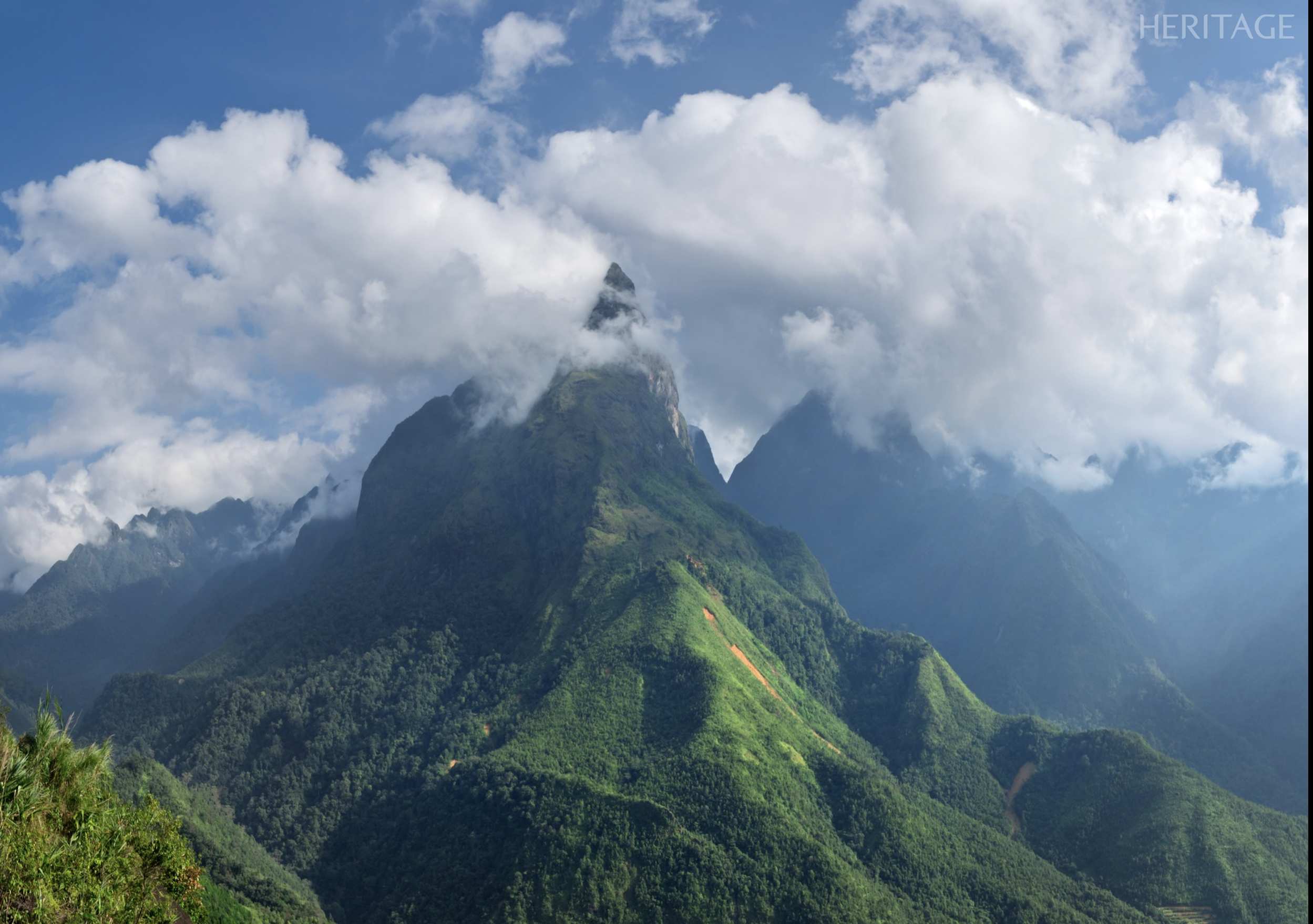
![[Photo] President Luong Cuong presides over the official welcoming ceremony for Burundian President Évariste Ndayishimiye](https://vstatic.vietnam.vn/vietnam/resource/IMAGE/2025/4/4/63ceadc486ff4138abe2e88e93c81c91)
![[Photo] Workshop "Future for the Rising Generation" continues the profound value and strong message from the article of General Secretary To Lam](https://vstatic.vietnam.vn/vietnam/resource/IMAGE/2025/4/4/ec974c5d9e8e44f2b01384038e183115)



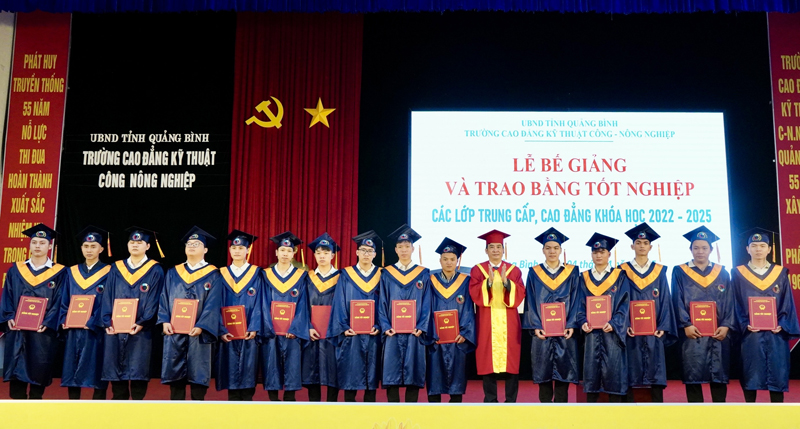
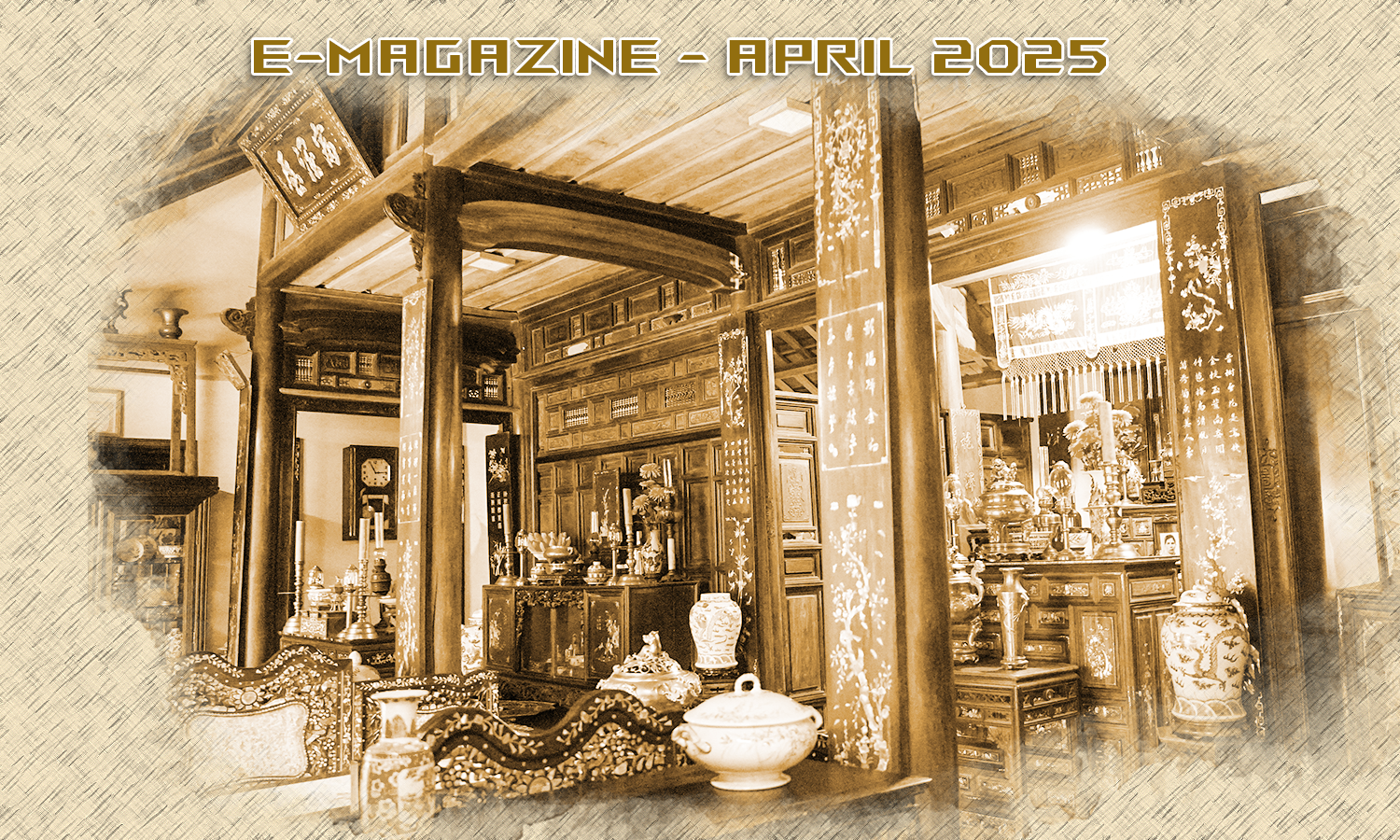


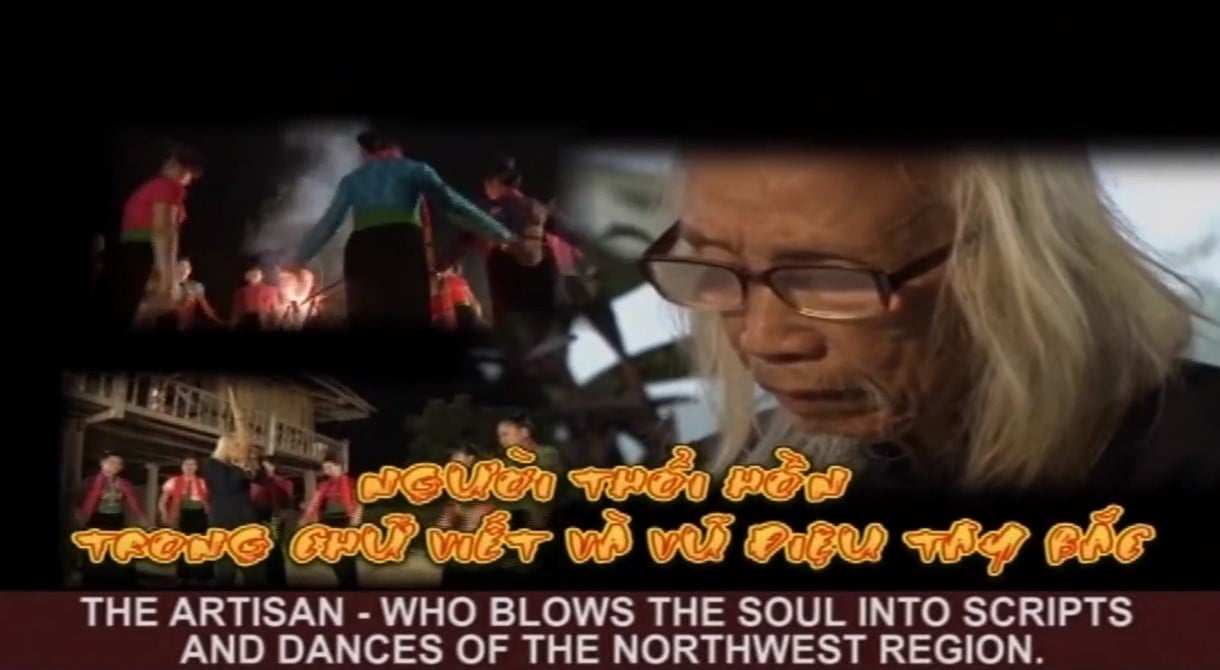






![[VIDEO] - Huong Tra, an ecological destination with green rivers and yellow sưa trees](https://vstatic.vietnam.vn/vietnam/resource/IMAGE/2025/4/4/0926b20c689d456bb99f373668eb5488)










![[Photo] Many advanced technologies gather at Analytica Vietnam 2025](https://vstatic.vietnam.vn/vietnam/resource/IMAGE/2025/4/4/0ef01117275d4d71b2e2a45c215ac2f8)
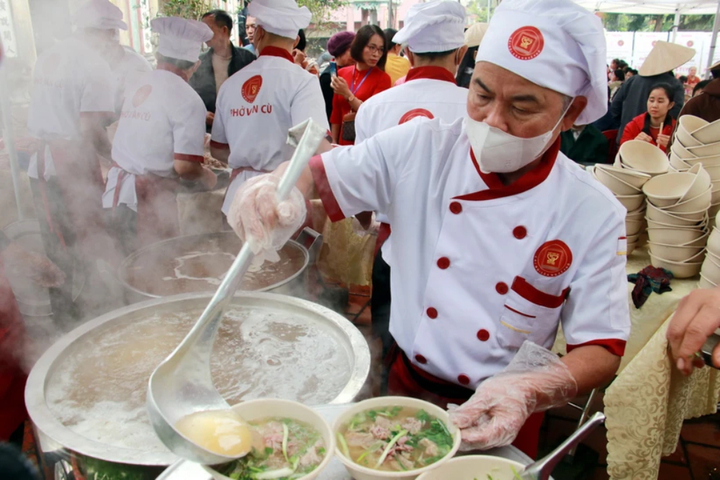

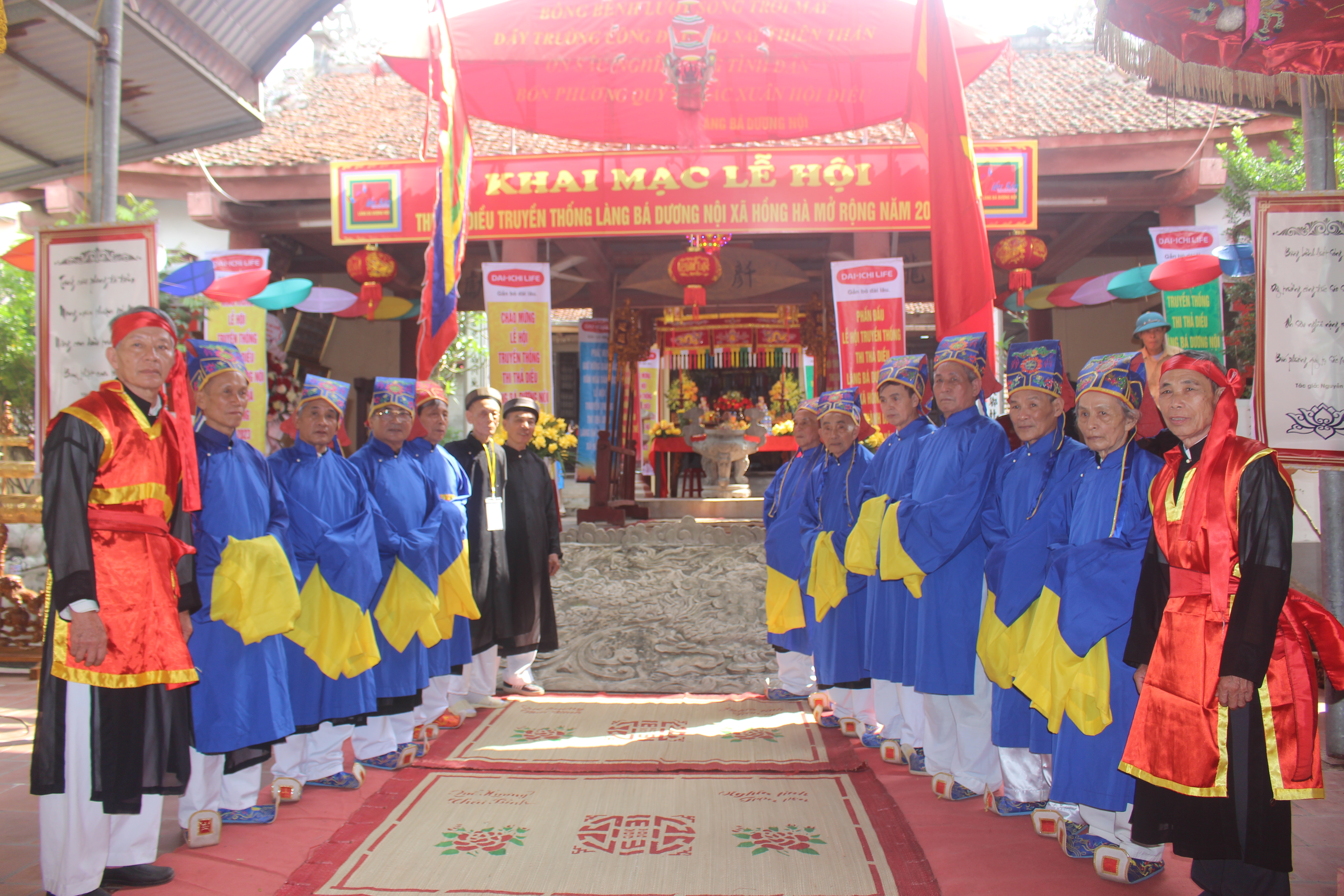

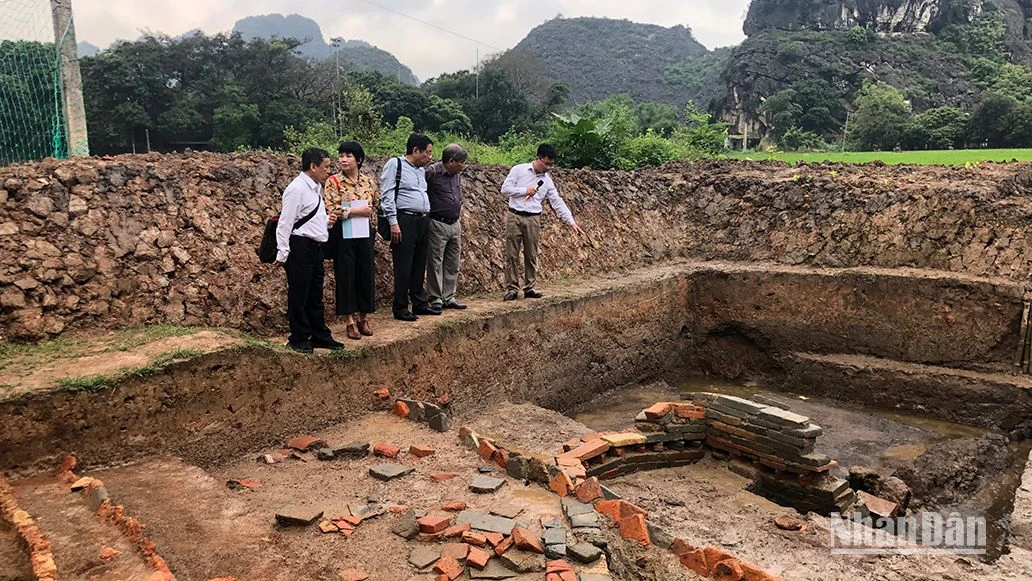



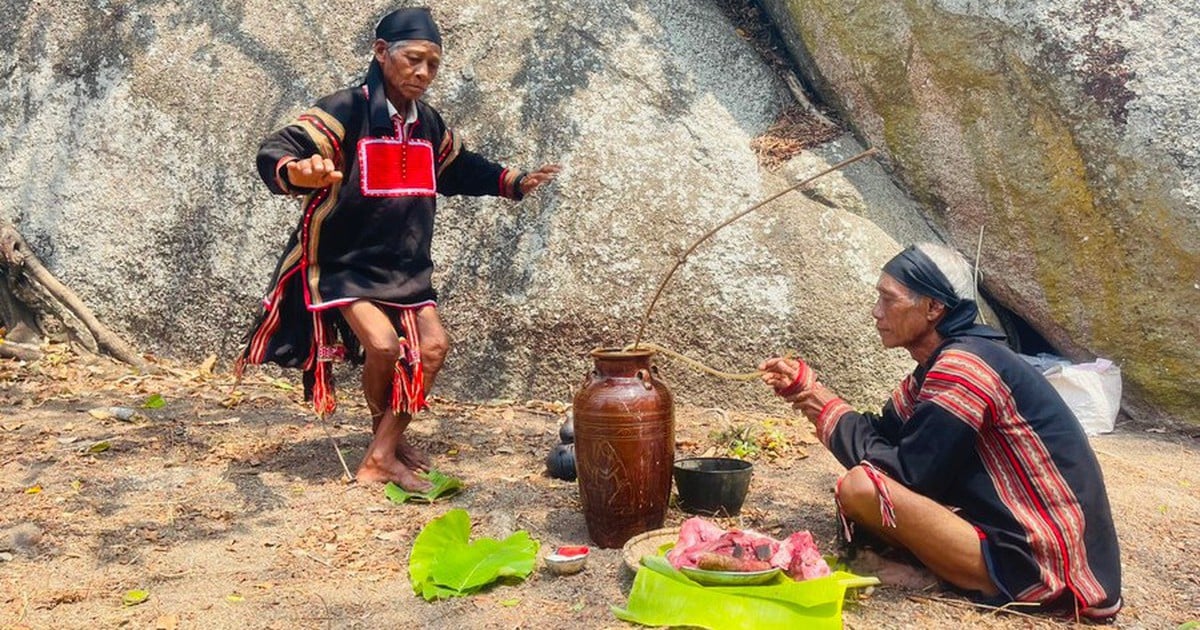

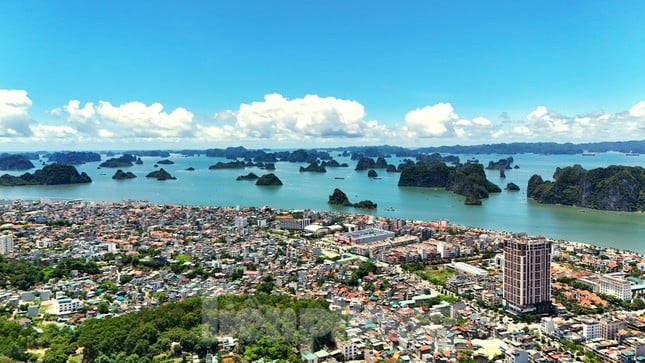


















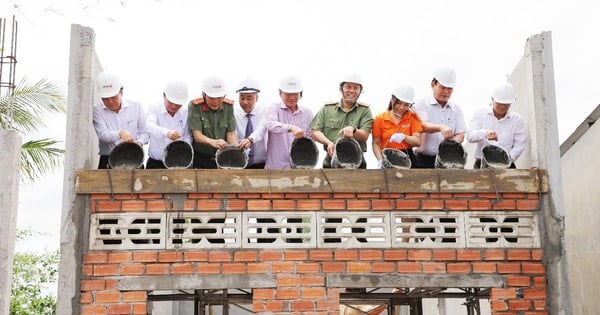

















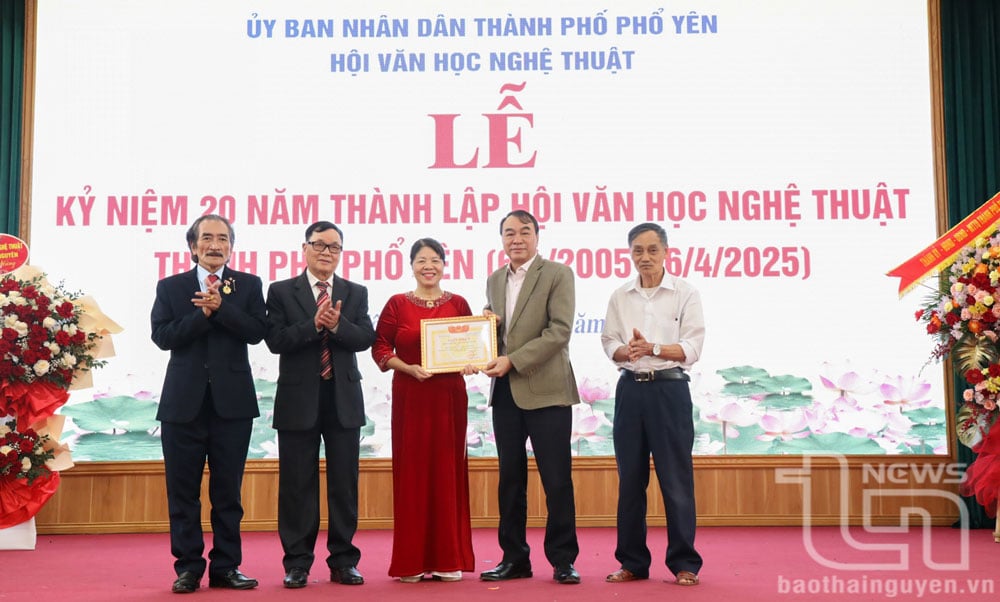

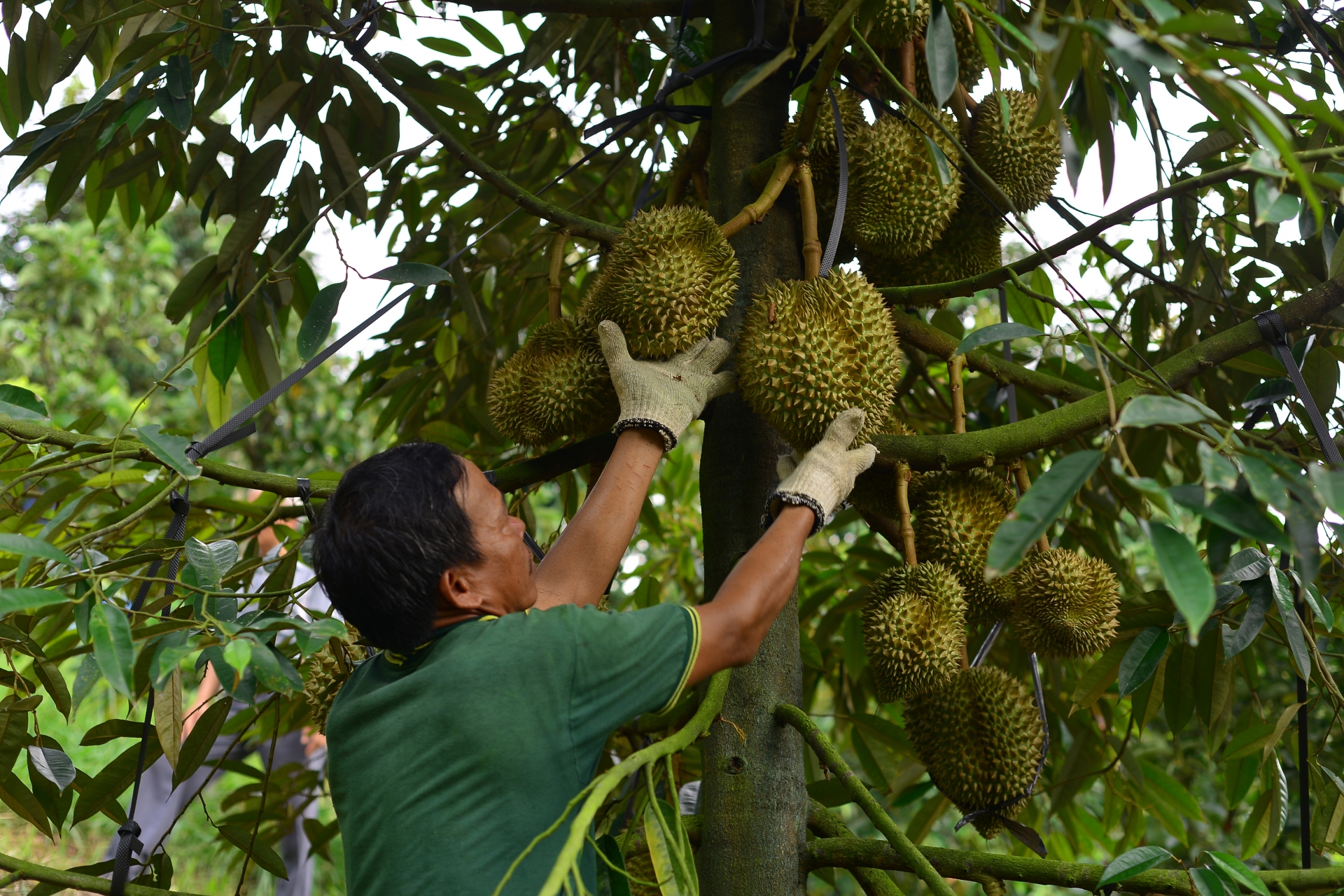






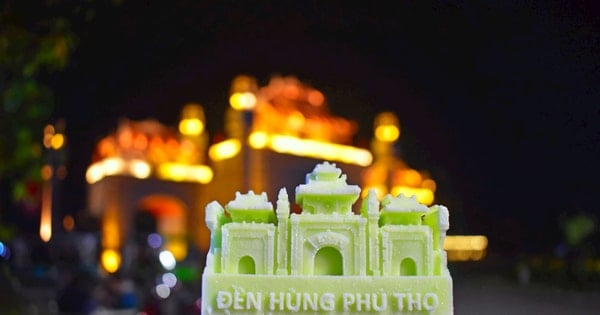





Comment (0)